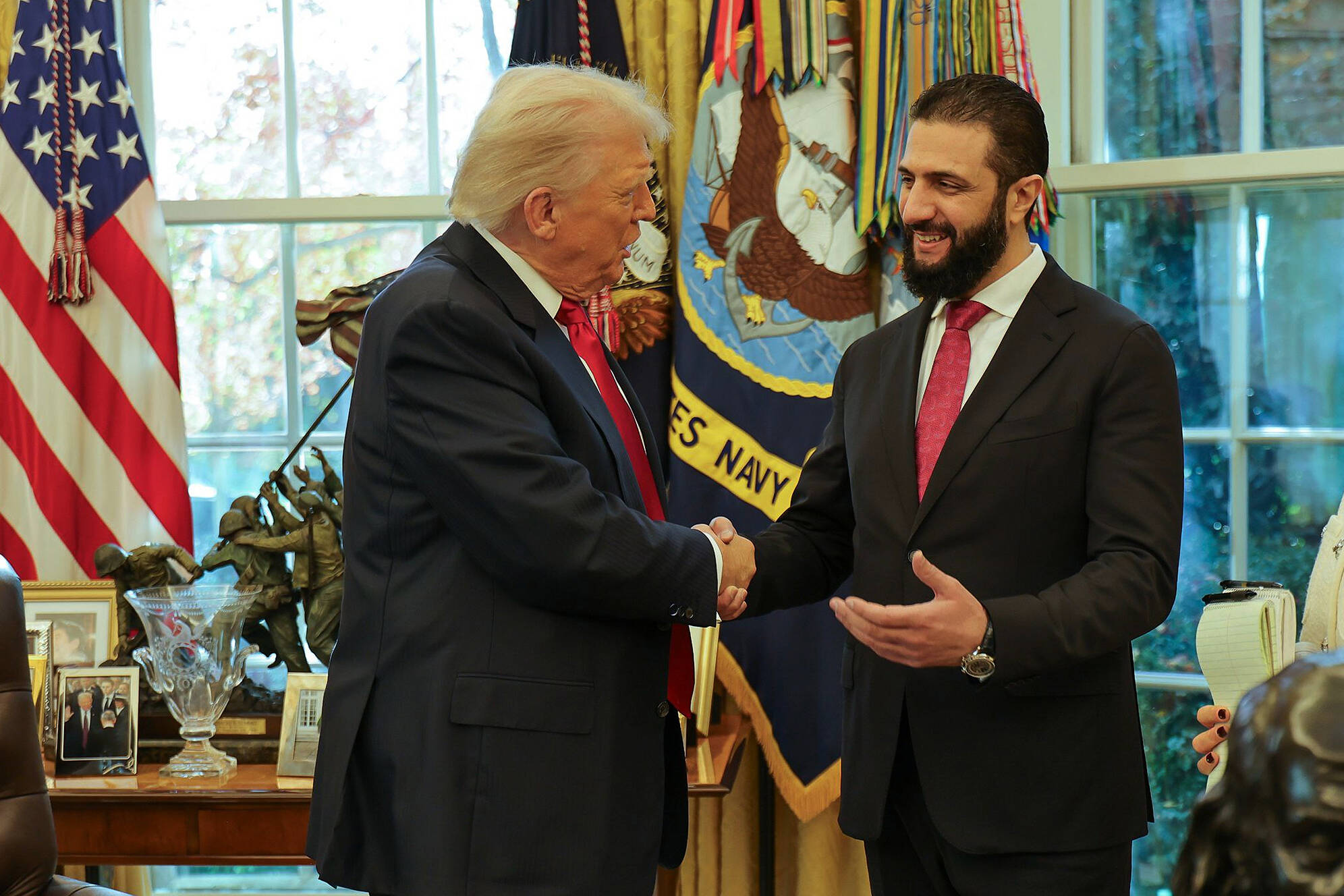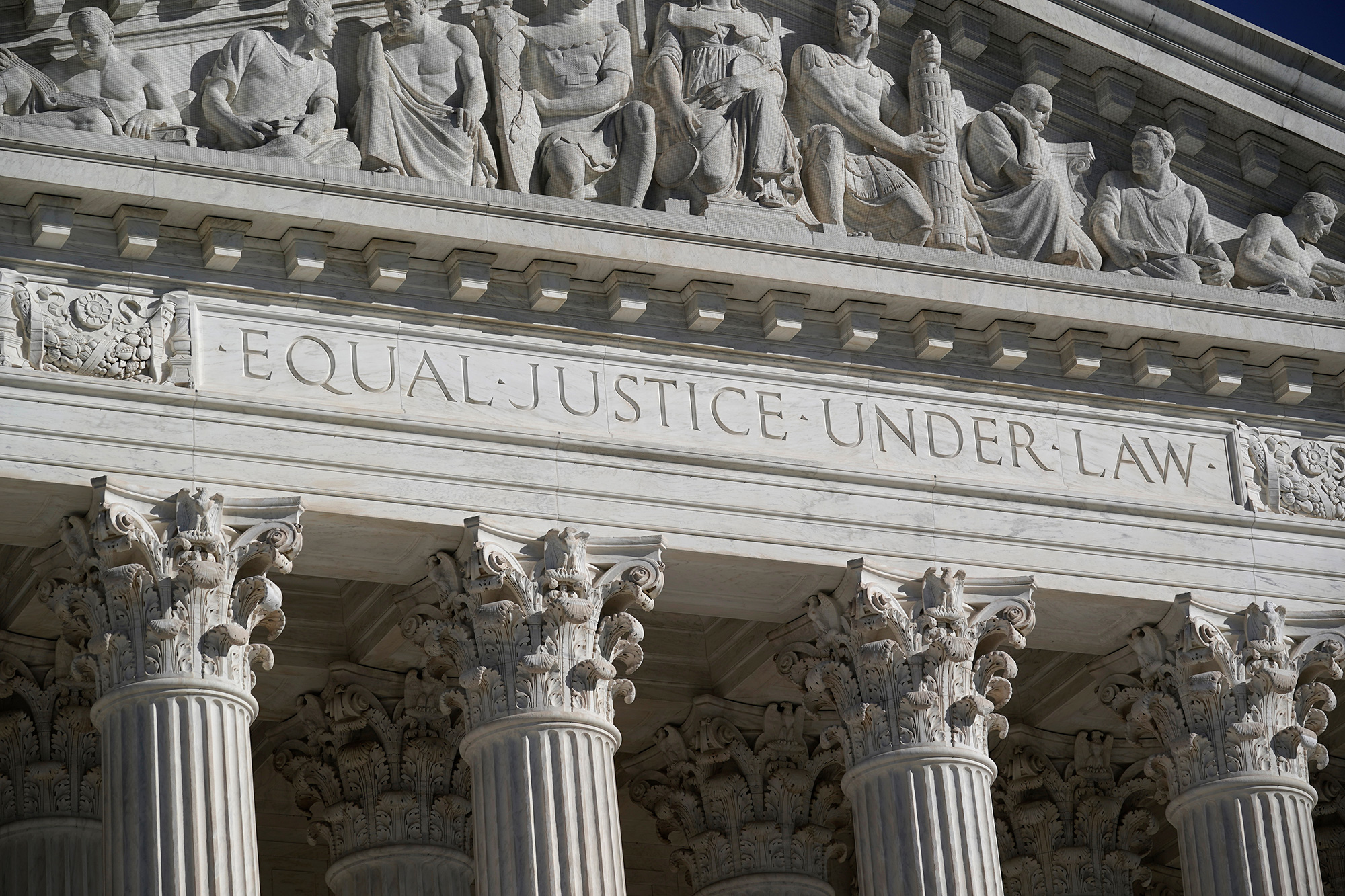The Senate’s Deal Reopens the Government For Now, But Sets Up Another Budget Deadline in January
The longest government shutdown ever is coming to an end.
After over 40 days, Senators finally agreed to a compromise to reopen the government. Eight Senate Democrats joined nearly all Republicans in voting for a bill to reopen the government through January. In exchange, Senate Republicans agreed to hold a vote on the enhanced Affordable Care Act subsidies before they expire at the end of this year, one of Democrats’ key demands throughout the shutdown.
The House is expected to pass the bill shortly, and President Trump will sign it – officially ending the shutdown.
Right Back Where We Started From
For all the pain Americans endured during the shutdown – from chaos at the airports to food aid uncertainty to military troops serving without guaranteed pay – it accomplished nothing in the end.
Senate Republicans didn’t commit to passing the healthcare subsidies, they just promised to hold a vote on it. And even though No Labels is asking House Speaker Mike Johnson to let the House vote on the Senate’s eventual healthcare bill, he is so far not making any promises.
Even if a bipartisan deal to extend the Affordable Care Act subsidies made it through Congress, it would have to be signed by President Trump who is proposing his own, alternative healthcare plan.
This isn’t unique. Government shutdowns never achieve the goals their supporters set out to reach. The 2025 shutdown will be just the latest in a long line of government shutdowns that ended without any policy changes:
- Between 2018 and 2019, President Trump shut the government down for 35 days, demanding funding for the border wall. Democrats refused, and President Trump eventually relented – reopening the government with no wall funding.
- In January 2018, Senate Democrats shut the government down for 3 days to demand protections for Dreamers, people who were brought to the US illegally as children by their parents. The shutdown ended when Senate Republicans promised a vote on Dreamers (much like today’s shutdown deal), but no bills were passed.
- In 2013, House Republicans shut the government down for over two weeks, looking to repeal the Affordable Care Act. That shutdown ended with nothing to show for it; the ACA went untouched.
What’s in the Senate’s Shutdown Deal?
While most coverage of the deal will focus (understandably) on the promise to hold a vote on the Affordable Care Act subsidies, it wasn’t in the text of the bill itself.
Instead, the bill – called a “continuing resolution” (CR) – mostly just extends federal funding at current levels through January 30, 2026, so that lawmakers have another couple of months to pass full-year spending bills.
But the negotiators included a few lagniappe sections to make the CR more appealing:
- Guaranteed backpay for federal employees and members of the military, many of whom went unpaid during the shutdown. And a freeze in layoffs while the CR is in effect.
- Extends funding for rural hospitals and certain Medicaid programs that were set to expire.
- Adds $30 million to shore up the Capitol Police budget.
- Adds $28 million for Supreme Court security.
While most funding is only extended through January, the CR does contain full-year funding for three of the twelve annual spending bills: Agriculture, the Legislative Branch, and Military Construction/Veterans Affairs.
The parts of the government covered by the other nine spending bills are only funded through January. If Congress doesn’t pass full-year spending bills or another CR by then, we could be looking at another shutdown.
But it would only be a “partial government shutdown.” The services covered by Agriculture, Legislative Branch, and Military Construction/Veterans Affairs, and any other spending bill Congress passes between now and January 30 won’t be disrupted by the shutdown, assuming the House passes the Senate’s bill.
Here’s what that looks like:

Perhaps most importantly is that SNAP, the program that provides food stamps to 42 million Americans, is now fully funded. There had been concerns recently that SNAP benefits would be reduced, delayed, or even fully stopped in some states if the shutdown continued.
The full-year deals also mean that Congressional staffers will get paid for their work even if there is another shutdown (Members of Congress get paid even during the shutdowns they cause). Food safety inspections will also be in full swing, and the Dept. of Veterans Affairs will be able to process new benefits claims for veterans.
But that’s about where the good news ends.
If Congress doesn’t act before January 30th, Americans would once again experience the same issues we’re currently going through. Military troops would serve without pay, staff at the National Nuclear Security Administration – the agency that makes sure our nuclear weapons are safe and secure – would get furloughed, National Parks would close, federal employees and small-business contractors would either get sent home or work without pay, and the economy would take another hit.
A Commonsense Way Forward
For now, Congress will need to pass full-year funding for the nine remaining categories. They can do this with nine separate bills or one big “omnibus” package that funds all nine. But either way, it must get done before January 30th.
And those bills will require 60 votes to overcome the filibuster in the Senate, so we’ll need another round of bipartisan negotiations to avoid the same last-minute brinkmanship that brought us here.
But after that, there’s no reason we have to keep governing by crisis. No Labels has long backed No Budget, No Pay: if Congress doesn’t pass the spending bills on time, they shouldn’t get paid until they do. That’s basic accountability, and it would give both parties a real incentive to sit down and find agreement before the deadlines hit.
Other ideas go further and would end government shutdowns altogether. One proposal, led by Senator Ron Johnson of Wisconsin and Representative Dusty Johnson of South Dakota, would keep the government funded automatically at existing levels if Congress misses its deadlines. Spending would continue, but lawmakers would lose perks like travel budgets and committee funding until they finished their work. It’s the kind of commonsense reform that would spare Americans from the pain of another pointless shutdown while still holding Congress responsible for doing its job.
The commonsense majority doesn’t want drama. It wants a government that works – and leaders who do, too.
Related
Peyton Lofton
Peyton Lofton is Senior Policy Analyst at No Labels and has spent his career writing for the common sense majority. His work has appeared in the Washington Examiner, RealClearPolicy, and the South Florida Sun Sentinel. Peyton holds a degree in political science from Tulane University.





You must be logged in to post a comment.